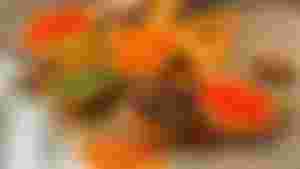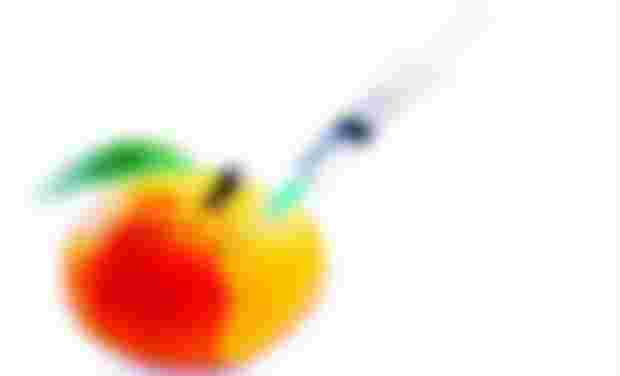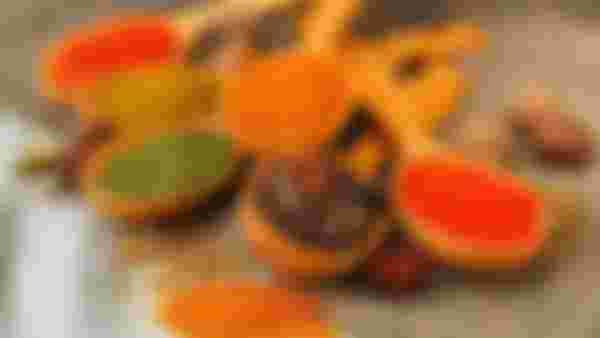When we say food adulteration, it generally means:
Food that is generally impure, unsafe, or unwholesome.
Either substances other than the ingredients listed are added to it, contains materials that come from a poisoned or substandard material (double dead animals, diseased animals and crops, wrong weight than what’s on the label/container etc.) or it’s been prepared or packed in unsanitary environments.

A prime example of this now is the evident fact that there are so many food additives put into food now, like in my last article where borax is added to some noodles and fish crackers and recently I found out that people put it into bread too and that bothers me a lot (You can read here: https://read.cash/@Hanzell/food-additives-sodium-borate-7ef4acb5). There so many prime examples so evident now such as sellers injecting water into the meat they sell (oldest trick in the book tbh), dipping fruits and vegetables for export into wax, the list goes on but for now, I want to just start with a brief history on this.
Food adulteration isn’t just a recent thing but it dates back much much further. The earliest records of it were from the early romans. Wine was a precious commodity and in most times, it was mixed with honey, herbs, spices, water and sometimes, salt water, chalk or lead. All of these were added as either a preservative or sweetener since fermenting technology wasn’t so developed yet. There were more documented accounts of these that could be found in Greek and Roman literature but I sadly couldn’t find more examples besides the wine.
In other texts though, some caravans that imported goods such as tea leaves were also cheated by adding rock into the containers just to make the recipients believe that there was more tea leaves in the containers. This practice continued on to the middle ages, the time where imported spices began to make its debut in the markets.
Since they were imported, they were generally expensive and to the dealers who sold their supplies to the lower class, the spices they received for reselling was commonly adulterated or contaminated with ground nutshells, pits, seeds, some berries, stones or dust. Of course it wasn’t just the spices that were contaminated but also the bread sold.

In those times, chalk was mixed into flour to make the flour look whiter and increase shortness. Milk was diluted, animal fat was mixed with butter and beans were also generally added to the bread itself.
Food adulteration became so rampant that in 1202, King John of England proclaimed the first English food law, the Assize of Bread, which prohibited adulteration of bread with such ingredients as ground peas or beans. This was one of the first laws ever documented to help regulate the quality of food. Needless to say, food adulteration continued because the cost of materials were quite expensive and there was a surge in food prices with the implementation of such a law despite their attempt to instill a fixed-price policy where the value of a loaf of bread was equivalent to its weight.
But because of this law, many guilds, mercantile and trader’s associations across Europe followed suit and began to form their own rules and regulations for consumer protection. This may very well be the most primitive form of what’s known as the food adulteration act that was established much later on in 1954.
Besides making appropriate punishments and policies for food adulterations, the establishment of a profession called garbelers (from the Arabic word garbel, which means to sift or select) was also established (around 1300s) Their job was to to detect adulterants from spices and similar products.


Learning so extensively.